
Green-yellow
What color is Green-yellow?
It is also known as chartreuse, after a French liqueur that has a similar hue.
Green-yellow is a tertiary color, meaning that it is made by mixing a primary color (yellow) and a secondary color (green).
The exact shade of green-yellow depends on the proportions of yellow and green in the mixture.
For example, if more yellow is added, the result will be a lighter and warmer green-yellow.
If more green is added, the result will be a darker and cooler green-yellow.
Green-yellow is a vivid and bright color that can evoke different meanings and associations.
Some of the positive meanings of green-yellow are freshness, happiness, joy, energy, growth, and nature.
Some of the negative meanings of green-yellow are sickness, envy, jealousy, and caution.
Green-yellow is a color that can be used in various contexts and purposes.
For instance, green-yellow is often used as a high-visibility color for traffic safety vests, fire engines, and emergency vehicles, as it can be easily seen in low-light conditions.
Green-yellow is also a popular color for interior design, as it can create a lively and cheerful atmosphere in a room.
Green-yellow can also be found in nature, such as in some plants, flowers, fruits, and algae.
Here are some examples of how green-yellow can be represented in various color models:
Hexadecimal: #ADFF2F
RGB: 173, 255, 47
CMYK: 32, 0, 82, 0
HSL: 83.7, 100, 59.2
Example of the palette with the Green-yellow color

See these colors in NCS, PANTONE, RAL palettes...
Example of the palette with the Green-yellow color
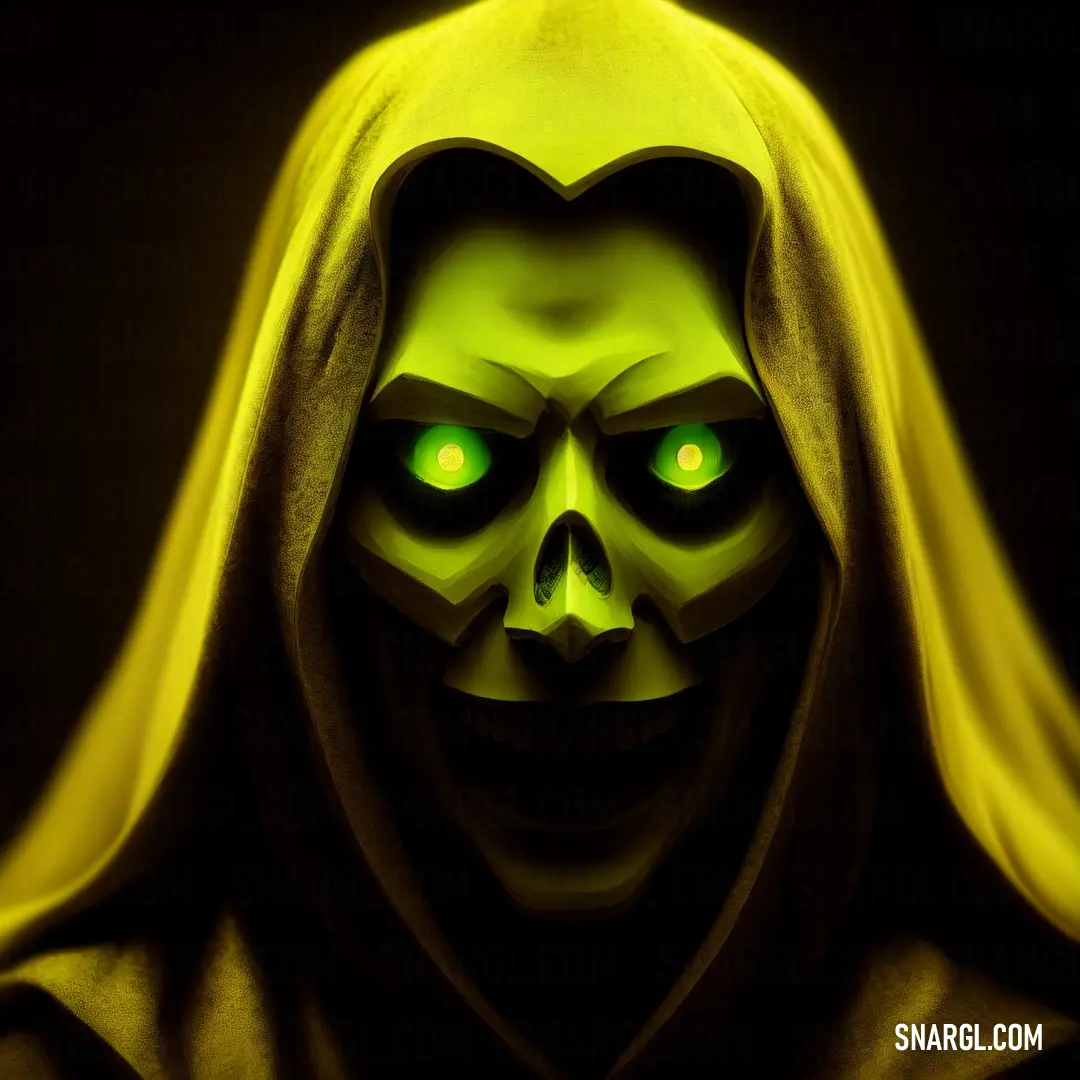
See these colors in NCS, PANTONE, RAL palettes...
What are the examples of Green-yellow color in life?
It was named because of its resemblance to the green color of a French liqueur called green chartreuse.
Some examples of green-yellow color in life are:
Yellow-green algae, also called Xanthophytes, are a class of algae in the Heterokontophyta division.
Most live in fresh water, but some are found in marine and soil habitats.
They vary from single-celled flagellates to simple colonial and filamentous forms.Traffic safety vests use chartreuse yellow to provide increased visibility for employees working near traffic.
The chartreuse yellow background material, together with a retro-reflective satisfy the ANSI 107-2010 standard since 1999.Fire engines in some parts of the United States and elsewhere are painted in a sort of fluorescent chartreuse green to boost their night-time visibility compared to those painted the traditional fire engine red.
Example of the palette with the Green-yellow color
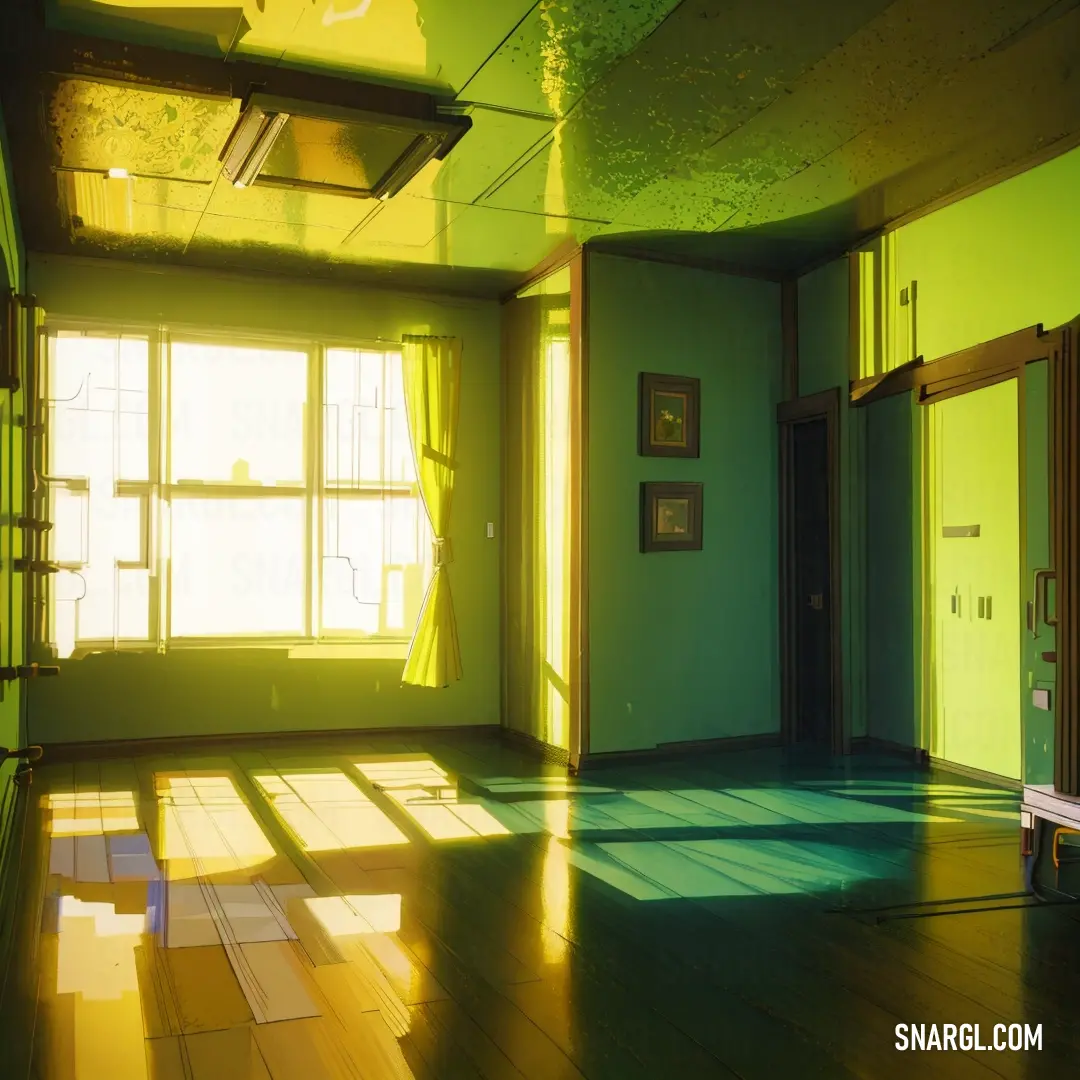
See these colors in NCS, PANTONE, RAL palettes...
Example of the palette with the Green-yellow color
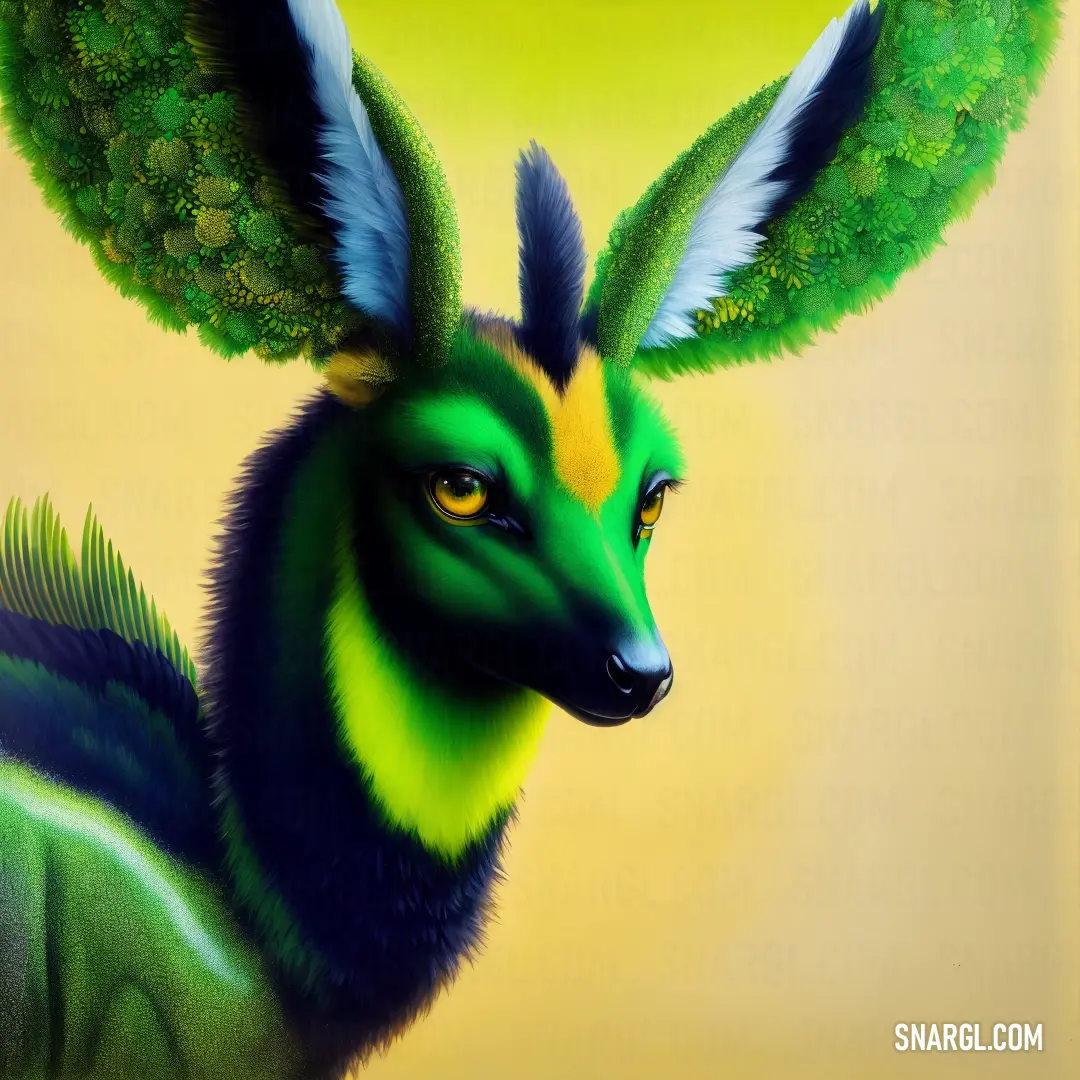
See these colors in NCS, PANTONE, RAL palettes...
What looks best in Green-yellow?
It brightens up the day
It makes me think of springtime flowers
And lemonade in May
Green-yellow is a lively shade
It sparkles in the sun
It reminds me of the parrots' wings
And bananas by the ton
Green-yellow is a happy color
It fills me with delight
It looks best on a butterfly
Or a kite up in the flight
Example of the palette with the Green-yellow color

See these colors in NCS, PANTONE, RAL palettes...
What strange or uncommon things can be of the Green-yellow color?
Example of the palette with the Green-yellow color

See these colors in NCS, PANTONE, RAL palettes...
The Tale of the Green-Yellow Revolution
One sunny morning, Alexander was out on his boat, the "Green-Yellow Guppy," when he caught a fish unlike any other. This fish had scales that shimmered in a mesmerizing green-yellow hue. Alexander, being a man of curiosity, decided to take the fish to Professor Phoenix to see if there was something special about it.

Vivienne was thrilled to see the fish and immediately began her analysis. After hours of intense study, she discovered that the fish's scales had a unique property: they could change the color of any material they touched to a vibrant green-yellow. Excited by this discovery, Vivienne and Alexander decided to embark on a mission to revolutionize industrial design with this newfound color.
Their first project was to redesign Alexander's fishing boat. They coated the entire boat with the fish scales, and soon, the "Green-Yellow Guppy" became the most eye-catching vessel in the harbor. The boat not only looked fantastic but also seemed to attract more fish, much to Alexander's delight.
Word of their success spread quickly, and soon, they were approached by the mayor of Colorville. The mayor wanted to use the green-yellow color to revamp the town's industrial sector. Vivienne and Alexander agreed, and they began working on various projects, from factories to public transportation.
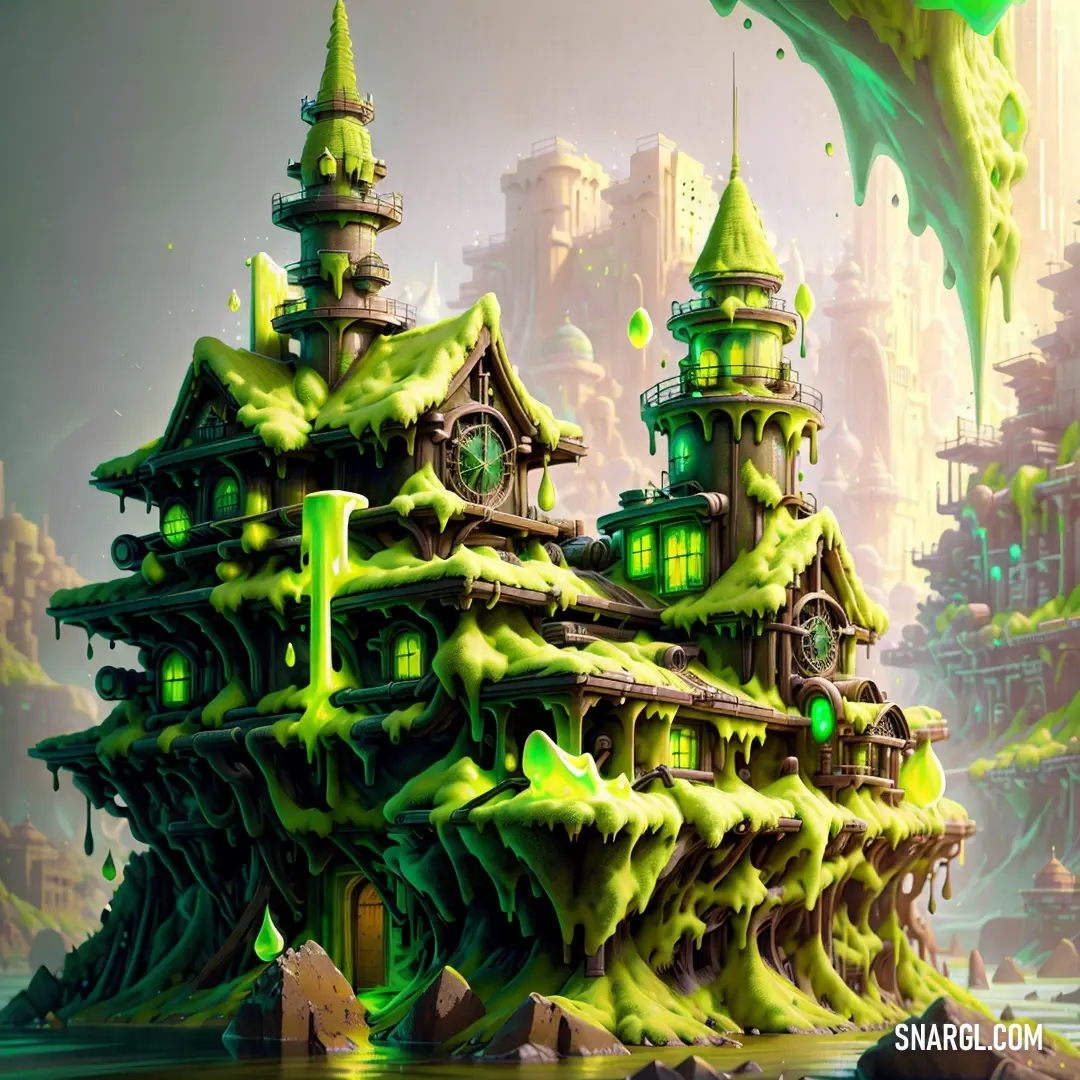
One of their most ambitious projects was the "Green-Yellow Express," a high-speed train that connected Colorville to neighboring towns. The train was not only a marvel of engineering but also a visual spectacle. People from all over came to see the train and experience the unique green-yellow color.
As their fame grew, so did the demand for their green-yellow designs. They were invited to international design conferences, where they showcased their work and shared the story of the magical fish. The green-yellow color became a symbol of innovation and creativity in industrial design.
However, not everyone was a fan of the green-yellow revolution. A rival designer named Dr. Gray, who had a deep-seated hatred for bright colors, decided to sabotage their work. He created a machine that could neutralize the green-yellow color and planned to use it on the "Green-Yellow Express."

On the day of the grand unveiling of the train, Dr. Gray snuck into the station with his machine. Just as he was about to activate it, Alexander and Vivienne caught him in the act. A hilarious chase ensued, with Dr. Gray slipping on fish scales and getting tangled in green-yellow streamers.
In the end, Dr. Gray was apprehended, and the "Green-Yellow Express" was unveiled without a hitch. The train was a huge success, and the people of Colorville celebrated their victory with a grand parade. Alexander and Vivienne were hailed as heroes, and the green-yellow color became a permanent fixture in the world of industrial design.
And so, the tale of the green-yellow revolution came to a happy and humorous end, with Alexander Ming and Professor Vivienne Phoenix continuing to innovate and inspire with their unique color. The magical fish was returned to the sea, where it swam happily, knowing it had played a part in changing the world.









 Pale yellow
Pale yellow Pastel brown
Pastel brown Earth yellow
Earth yellow Green-yellow
Green-yellow MSU Green
MSU Green Smoky black
Smoky black Swamp green
Swamp green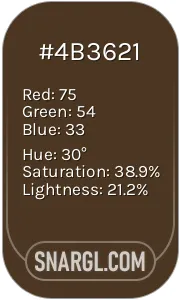 Cafe noir
Cafe noir Apple Green
Apple Green
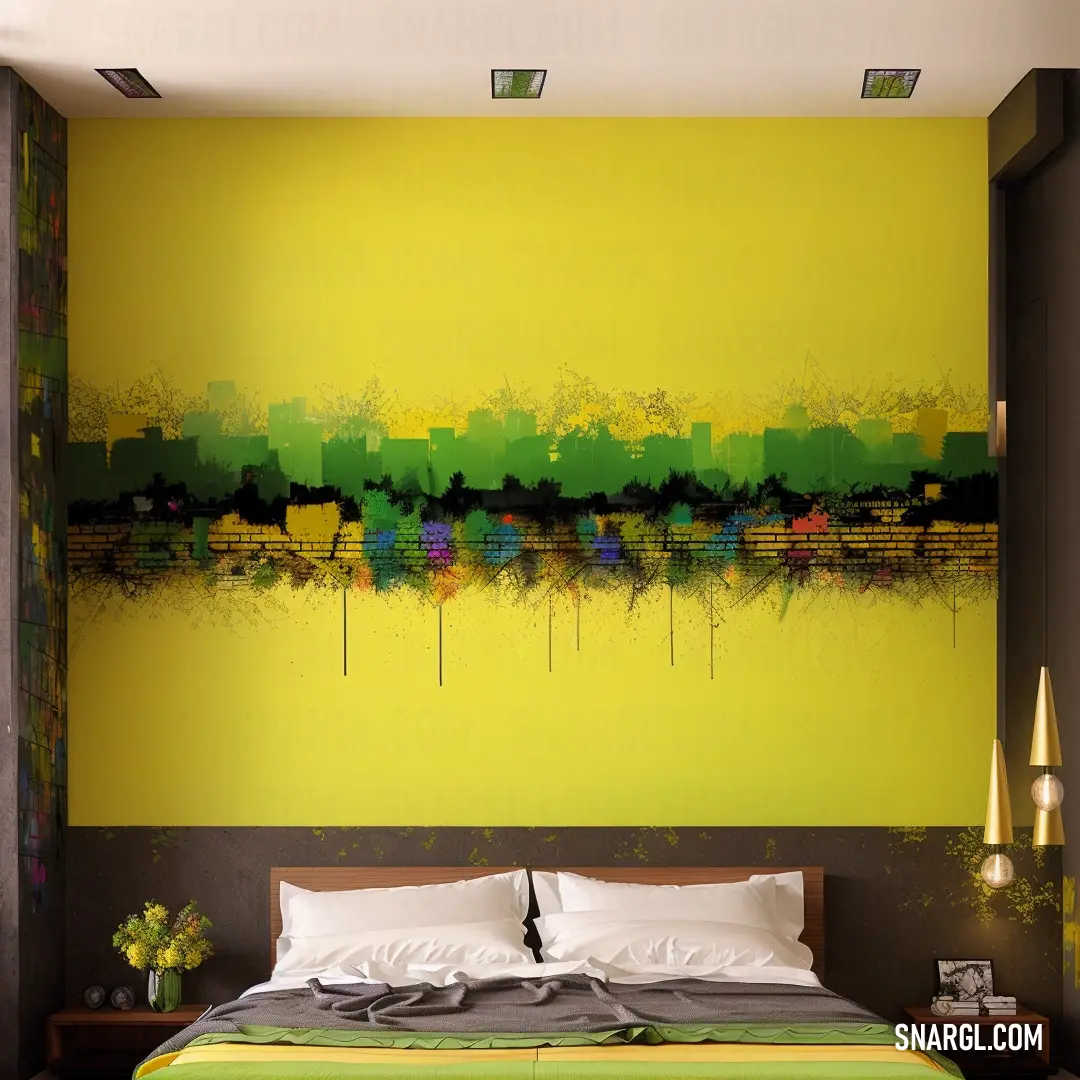









 Dark jungle green
Dark jungle green Field drab
Field drab Buff
Buff Asparagus
Asparagus Dark green
Dark green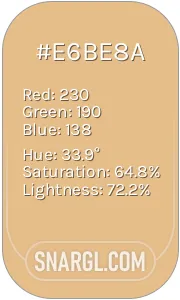 Pale gold
Pale gold Fern green
Fern green Cornflower
Cornflower



 Black
Black Wenge
Wenge Wheat
Wheat Kelly green
Kelly green


 Sap green
Sap green Orange Yellow
Orange Yellow Honeydew
Honeydew Bulgarian rose
Bulgarian rose







